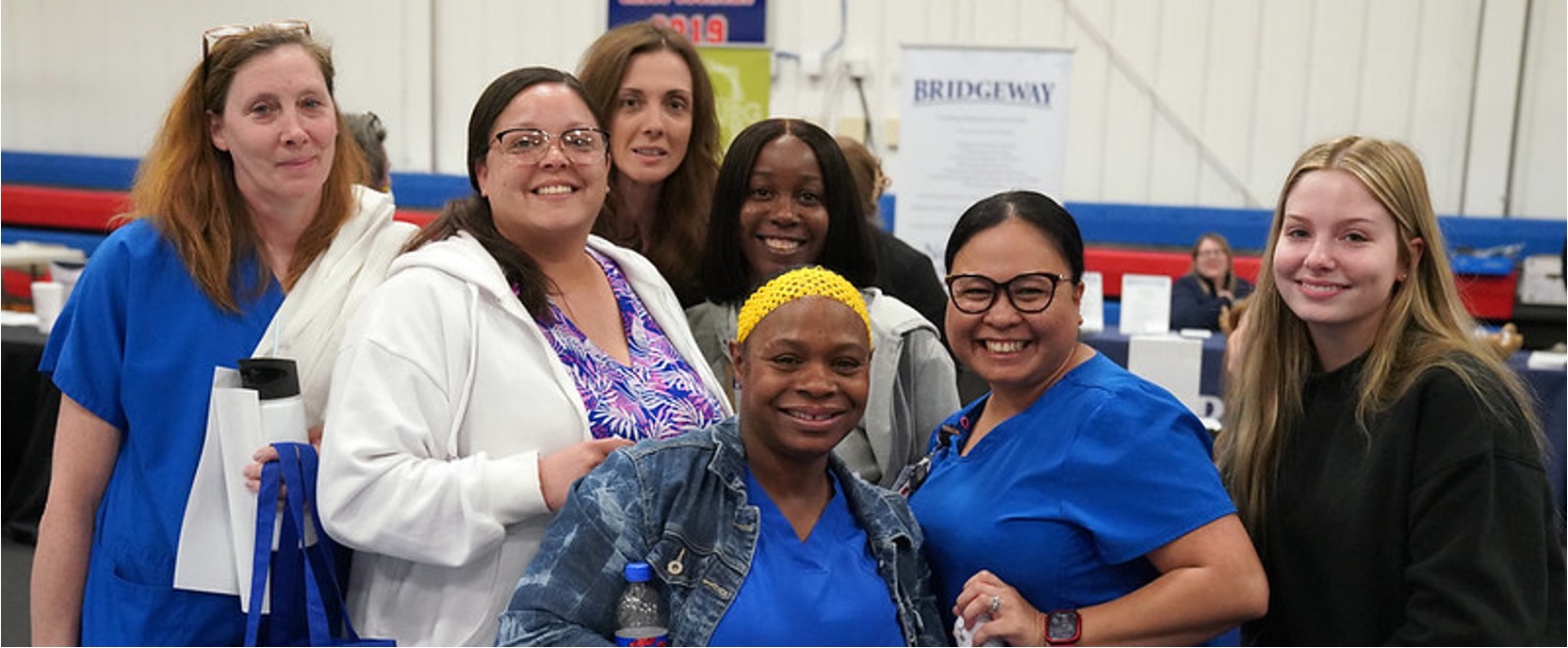FINANCIAL TOOLS & CREDIT
When you're a student, it can feel like money is always tight. You've got bills, rent and tuition to pay, and you want to have enough money for fun, too. So how can you get on the right path to a great financial future while making your money count today?
There are several tools available to you to help track and manage your finances, including Mint and NerdWallet. Additionally, check out the following:
American opportunity tax credit for education
The American opportunity tax credit (AOTC) pays for qualified education expenses for an eligible student the first four years of college.
Maximum annual credit
- $2,500 per eligible student
- If the credit brings the amount of tax you owe to $0, 40% of any remaining amount of the credit (up to $1,000) can be refunded to you.
- The credit is 100% of the first $2,000 of qualified education expenses you paid for each eligible student and 25% of the next $2,000 of qualified education expenses you paid for that student.
For more information, visit the AOTC page on the IRS website.
Workforce Innovation and Opportunity Act (WIOA)
In addition to various employment services, WIOA can assist with tuition, books, fees, required supplies and other support services for training, such as transportation costs through mileage reimbursements and childcare assistance. All training programs must be in-demand occupations and on the state-approved eligible training provider list.
WIOA eligibility
A variety of criteria are used to determine eligibility for services in three main categories: Youth, adults and dislocated workers. All WIOA participants must be a U.S. citizen or authorized to work in the U.S. and registered with selective service, if you’re a male over the age of 18. Veterans receive priority for service. Complete this form to determine eligibility.
View the U.S. Department of Labor’s employment and training administration site to learn more about the Workforce Innovation and Opportunity Act (WIOA).
WIOA office location
Bondi Building 311 E. Main St. Suite #612 Galesburg, IL, workforce@trrcopo.org.
